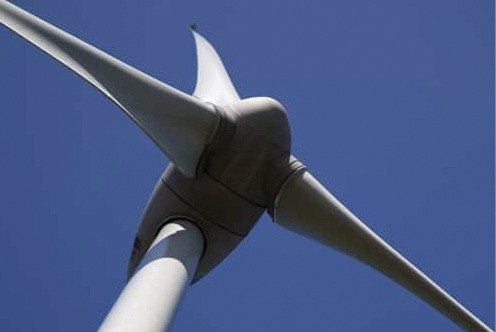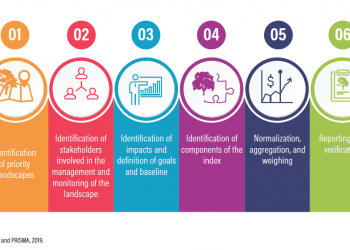
According to the Global Wind Power Market Outlook Update: Q4 2018, more than 680 GW of new wind power capacity will come online globally over the next 10 years.
The report, published by Wood Mackenzie Power & Renewables, points to several key factors and markets for this growth:
European offshore matures
There will be 16 GW of offshore wind power capacity installed in Europe by the end of 2018 and more than 47 GW expected to come online in the region from 2018 to 2027.
Several of the key upgrades analyzed in the fourth quarter outlook update highlight an indirect consequence of the European offshore experience: announced and expected offshore commitments from emerging offshore wind power markets.
In addition, “the European offshore wind power experience has encouraged governments in other regions to support offshore wind to comply with carbon reduction strategies and renewable energy targets as well as more firmly secure domestic power supply,” says lead author Luke Lewandowski.
Favorable announcements from the governments of Japan and South Korea resulted in a more than 1.5-GW upgrade quarter on quarter (QoQ). By the end of the 10-year outlook, this support will yield an installed offshore base of more than 2 GW in each country.
Elections a mixed bag for America’s wind markets
Attractive price signals are expected to motivate an increase in state-level procurement activity from many states.
Installed offshore capacity in the U.S. will increase to about 10 GW by the end of 2027, representing 15% of all new capacity over the 10-year outlook.
In the Americas, election results in Brazil, Mexico, and Quebec, Canada, have or may impact the wind power outlook in these markets. Conservative wins in Brazil and Canada threaten the prospects for wind power development in the long-term. The impact of a more liberal administration in Mexico is unclear, but the new government will need to address a balance between development and indigenous interests for the outlook to be fulfilled.
Scandinavian countries cause most significant changes
Countries in Scandinavia — namely Sweden, Norway, and Finland — represent the most significant changes to Wood Mackenzie’s onshore wind power outlook this quarter. Increasingly competitive cost levels and an expectation for higher power prices across Europe have triggered a flurry of project investment announcements and power offtake commitments, specifically from the increasingly important corporate and industrial sector. With a more than 5-GW upgrade QoQ, these three countries will account for 15% of new onshore capacity installed in Europe over the next 10 years





